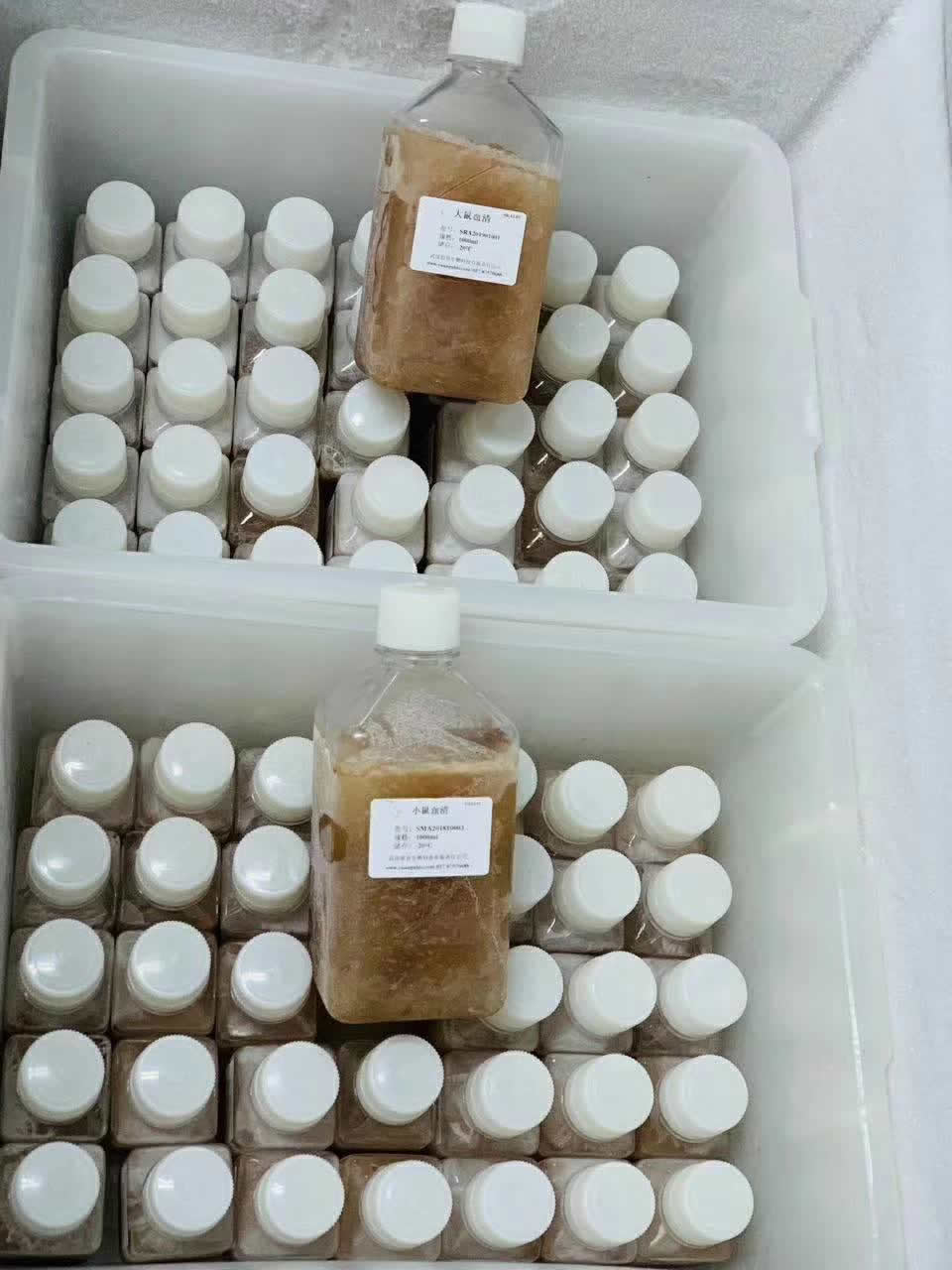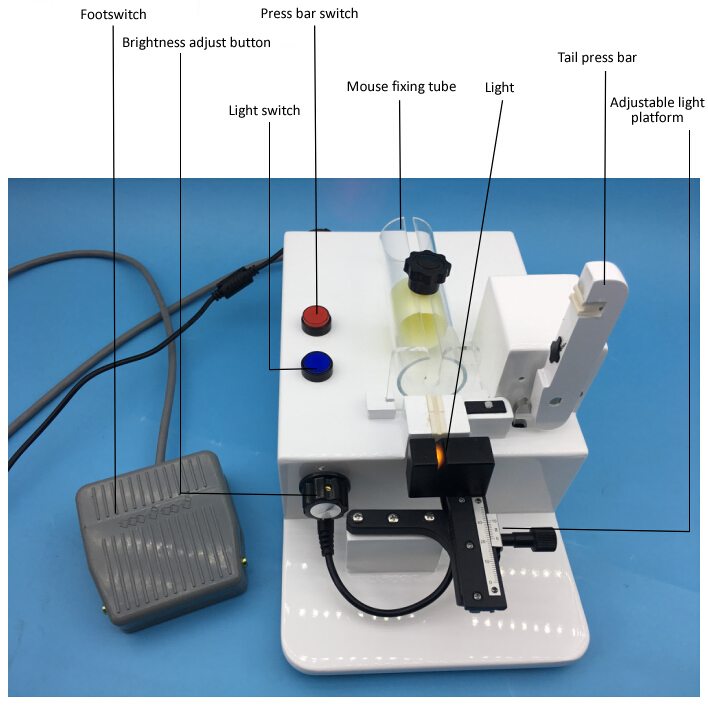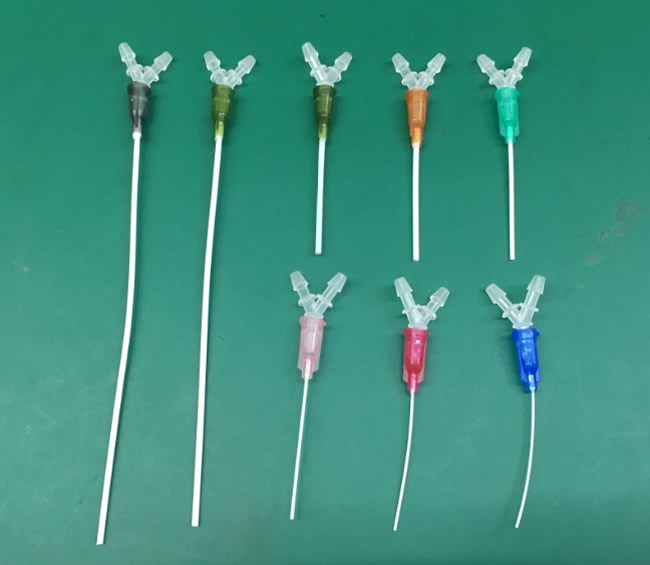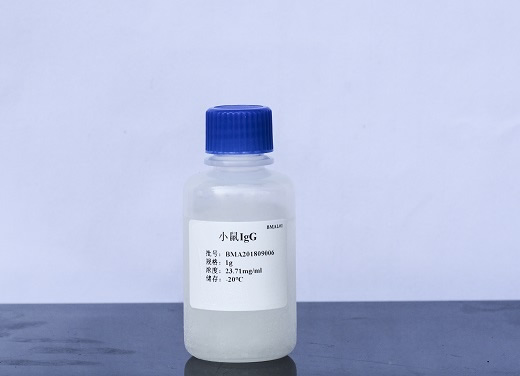
Mouse IgG supplier from China Wuhan!
Types of IgG lyophilized powder we supply
| Type | Code | Platform |
| Mouse IgG | MI-L | LF, CLIA, EIA, PETIA |
| Rat IgG | RI-L | LF, CLIA, EIA, PETIA |
| Goat IgG | GI-L | LF, CLIA, EIA, PETIA |
| Sheep IgG | SI-L | LF, CLIA, EIA, PETIA |
| Rabbit IgG | RI-L | LF, CLIA, EIA, PETIA |
| Bovine IgG | BI-L | LF, CLIA, EIA, PETIA |
| Chicken IgY | CI-L | LF |
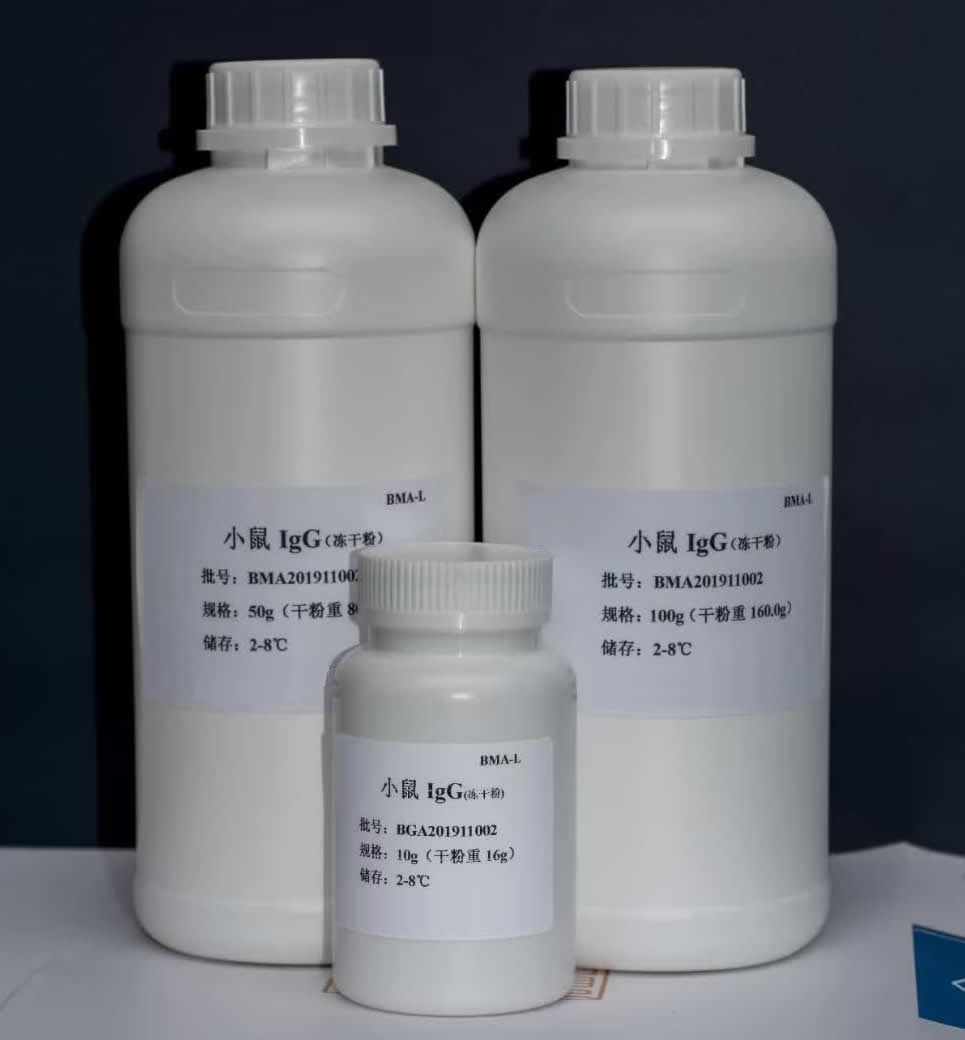
What is IgG
Immunoglobulin (Ig) is a globulin with antibody activity (specific binding with antigen) or no antibody activity and is similar to the antibody in chemical structure. Immunoglobulin is the secretion product of B lymphocyte proliferation and differentiation into plasma cells stimulated by antigen. Immunoglobulin is from plasma, and it is tissue fluid, exocrine fluid, cytoplasm, and some cells’ membrane surface. In 1968, the World Health Organization classified and named immunoglobulins; that is, there are five categories of immunoglobulins in humans and vertebrates: IgA, IgG, IgM, IgD, and IgE. In recent years, egg immunoglobulin has been found in egg yolk, which is named IgY.
Immunoglobulin G (IgG) is the primary antibody to anti-bacteria, antivirus, and antitoxin in serum. The surface of macrophages and neutrophils has IgGFc receptors, which can enhance the phagocytosis of bacteria. K cells also contain IgGFc receptors, which can cause ADCC (cytotoxicity). IgG is the only immunoglobulin that can pass through the placenta. It plays a vital role in anti-infection newborns. At the same time, it is the primary antibody for complement activation.
B lymphocytes are transformed into plasma cells under the stimulation of antigens. The generated antibodies that can bind to the antigens are immunoglobulins.
IgG is from serum
Immunoglobulin G (IgG) is the main component of immunoglobulin in serum, about 75% of the total immunoglobulin is IgG in serum. There are four subtypes of IgG, IgG1, IgG2, IgG3, and IgG4. IgG is the most critical antibody in the body.
Some autoantibodies belong to IgG, such as the LE factor of systemic lupus erythematosus, anti-thyroglobulin antibodies.
IgG is the main antibody component in serum, 40-50% of which is distributed in serum, and the rest in tissues. The IgG in human serum is mainly monomeric. The IgG of normal people includes four subtypes. IgG1 accounts for 60-70%, IgG2 accounts for 15-20%, IgG3 accounts for 5-10%, and IgG4 accounts for 1-7%. The binding ability of these subtypes in the classical pathway of complement activation is different. IgG antibody plays a role in activating complement and neutralizing many toxins in the immune response.
The conventional methods for detecting IgG content in serum are one-way immunodiffusion and immunoturbidimetry, but the immunodiffusion method is replaced by immunoturbidimetry gradually.
Due to the above characteristics of immunoglobulin G, IgG plays a significant role in immune protection. Most of the antibacterial, antiviral, and antitoxin antibodies belong to the immunoglobulin G class antibodies. Artificial passive immunization can be carried out using blood C or placental globulin in pregnant women or ordinary people immune to measles and hepatitis A. It can effectively prevent related infectious diseases. Its index is of great significance for the diagnosis of some diseases.
How to extract IgG from serum
At present, we can use many technologies to produce IgG antibodies, including the ion exchange method, affinity chromatography method to extract IgG, enzymatic hydrolysis method to prepare Fab fragment.
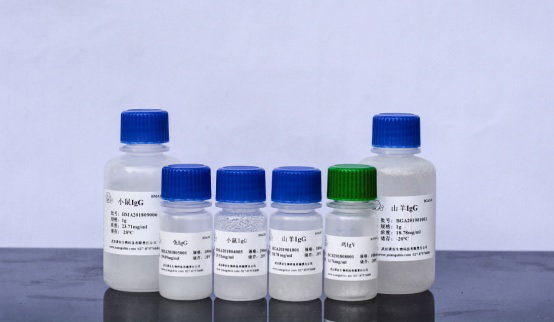
Biological function
Because of the invasion of pathogens, the body needs a rapid and robust enough specific immune response to deal with many foreign components that can rapidly proliferate. This high-intensity response will lead to the deviation of the body’s stable state. Therefore, the immune system must have a more robust and more effective internal regulation ability than other systems to restore the internal environment’s stability. The amount of immunoglobulin will increase correspondingly to resist pathogens and kill infected or tumor cells.
Among the five kinds of immunoglobulins, IgM plays an essential role in immune defense in early infection, the main body’s primary response antibody. The production of IgA is low, and the time is short (3-5 days). There are two types of IgA, serotype IgA, and secretory IgA. The immune effect of serum type IgA is weak, and the secretory IgA (sIgA) exists in exocrine fluid, and the content of secretory IgA is higher in colostrum.
IgD is the main antibody in primary response IgG is the highest content of immunoglobulin in human and animal blood, tissue fluid, and lymph, accounting for 75% – 80% of the total amount of mouse serum immunoglobulin.
IgG is the only immunoglobulin molecule that can pass through the placenta for human beings. It is also the only immunoglobulin that can be transported from the mother to the fetus. It is the primary source of the anti-infection antibody for newborn infants from the mother. IgG has the highest content among the five kinds of immunoglobulins, the most comprehensive distribution, and the most prolonged half-life.
IgG is the primary antibody in the body’s immune response. It can fight against various bacteria and viruses, neutralize toxic substances, and regulate allergic reactions. Most of the antibacterial, antiviral, and antitoxin antibodies belong to IgG. Most of the autoantibodies produced by some autoimmune diseases and the antibodies that cause type II and type III hypersensitivity are also IgG antibodies.
Research contents
Research contents of a wild animal immunoglobulin
At present, scholars at home and abroad have carried out relevant research on wild animal immunoglobulin by referring to the experimental methods of human medicine
- Objective to analyze the immune level of virus or specific disease of some animal
- To extract and purify specific immunoglobulin through the research of the diseased individual, and provide diagnostic kit for disease diagnosis
- Enhance the immunity of the animal body to produce immunoglobulin food immune additives
- And extract and purify a specific immunoglobulin Species of immunoglobulin, preparation of vaccines, to achieve disease prevention.
Determination methods
In the early stage, the determination of immunoglobulin is applied to human clinical medicine, and its determination method is feasible for all research objects. No matter it is human, domestic animals, or wild animals, the current determination methods of immunoglobulin are as follows:
- Immunodiffusion method
- Immunoturbidimetric method
- Immunocolloidal gold method
- Immunoelectrophoresis method
- High-performance affinity chromatography (HPAC)
- Agarose double immunodiffusion method
- Radioimmunoassay
- Enzyme-linked immunosorbent assay (ELISA)
Researchers in the actual operation process to use which method can be determined by their experimental conditions
Antibody technology
Extraction of globulin by crude method extraction.
Most of them use the ammonium sulfate salting-out method or sodium sulfate salting-out method. Ammonium sulfate salting-out must be precipitated many times, with 40% saturation for the first time, 35% saturation for the second time, and 33% saturation for the third time. The gamma globulin extracted three times is IgG. The method of sodium sulfate is more simple and can precipitate gamma globulin with 20%. Although most gamma globulins after salting out belong to IgG, there are 5% other band proteins, such as the gamma region’s hetero-proteins. Besides, there is another so-called normal IgG in the IgG component, causing interference. Therefore, the gamma globulin extracted by the salting-out method can only be used in general experiments or antiserum with a high antibody titer.
Extraction of IgG by ion-exchange chromatography.
DEAE cellulose or QAE cellulose are commonly used as ion exchangers. QAE Sephadex is the ideal one. QAE Sephadex a25 or A50 were treated with acid and equilibrated in 0.05 mol / L phosphate buffer solution with pH 7.5-8.6. We can add the Ig into 10 ml serum. After 30 min at room temperature, the ion exchanger was removed by centrifugation or filtration. When the supernatant was treated in this way again, pure IgG could be obtained, even without other miscellaneous proteins. The purified IgG is simple and does not damage the antibody. It can be extracted in a small amount or prepared in a large quantity.
Extraction of specific IgG by affinity chromatography.
Sepharose 4B was cross-linked with purified antigen or crude antigen (if it is univalent specificity, the antigen requirement is not high) to prepare an affinity chromatography column. After the antiserum is passed through the column, the unconjugated protein is washed out and then eluted with potassium thiocyanate.
The pure specific IgG antibody is the outflow. Because potassium thiocyanate has a destructive effect on the antibody, it should be removed by dialysis in time. The purified IgG lost its protective effect due to its low content. It should be stored in time or lyophilized or stored at 20°C, but both were not ideal. The addition of triethanolamine or glycerol could protect the IgG.
Preparation of F2 fragment by enzymatic hydrolysis
The pepsin point on IgG was at the C-terminal of the disulfide bond (232 amino acid). Results: A disulfide bond connected the two Fabs, and it retained the antibody’s binding point. Compared with IgG, the characteristic of F (ab’) 2 is that the FC segment is removed, which eliminates the receptor function in the cellular immune experiment.
Simultaneously, it makes IgG lose its main antigenic characteristics and is not bound by the anti IgG antibody. In reverse indirect hemagglutination, the effect of sensitizing sheep red blood cells with F (ab’) 2 is better than that with IgG.
Functions of IgG
Animal IgG is often used as a passive blocking agent. Animal IgG is added into the appropriate component of the kit to interfere with the antibody through competitive binding, thus blocking the generation of unexpected binding.
- Activate the classical complement pathway and mediate bacteriolysis and cytotoxicity
- Mediating ADCC effect
- Regulating phagocytosis
- Combining spa
- Neutralize toxins and viruses
- Anti-virus
- Neutralize virus
- Anti-bacteria
- Immunoregulatory
- Detection of the body’s immunoglobulin content can understand the body’s humoral immune function status and help diagnose various diseases such as immune proliferation, immune deficiency, infection, and autoimmunity.
- High IgG in serum: can be seen in systemic lupus erythematosus, atrophic portal vein cirrhosis, chronic active hepatitis, rheumatoid arthritis, subacute bacterial endocarditis, IgG-type myeloma, some infectious diseases, IgG monoclonal gamma globulin disease, and so on.
- Low IgG in serum: can be seen in antibody deficiency, immunodeficiency syndrome, non-IgG multiple myeloma, heavy chain disease, light chain disease, nephrotic syndrome, certain leukemias, burns, allergic eczema, pemphigus, muscular tonic malnutrition, Etc.
- The average reference value of IgG in serum is 7.0~17.0g/L.
It plays a vital role in anti-infective immunity, especially in re immune response. IgG autoantibodies participate in type II and type III hypersensitivity reactions.
How to choose a suitable animal’s IgG powder
The IgG of different animals is different. When selecting the second antibody (anti antibody) in an immunology experiment, we will consider the first antibody’s animal source.
The principle to choose a IgG
Since genes have evolved for a long time, the gene sequences used to rearrange antibodies have significantly changed, and the rearrangement mechanisms are also different. Therefore, it is not possible to produce strong cross-reactions. Use solid-phase cross antigens to remove cross-reactive antibodies, but it is generally unnecessary because experiments are carried out in most cases. The materials are all cell and tissue materials (there is no immune system problem in invertebrates). There will be no interference from a large number of IgG antigens as long as the secondary antibodies can recognize IgG to consider the antibody titer, yield, and antigenic immunity.
The animal making the secondary antibody must be related to the animal with antigen IgG as far as possible, and the animal size should also be significant. In contrast to the first antibody, we can select rabbits and mice with good immune responses and smaller body sizes. In mice, the primary purpose is to make monoclonal antibodies.
The second antibody(anti-antibody)
The second antibody is species-specific. According to different species and genera, so it can not be generalized. However, when making the first antibody, manufacturers and laboratories use common varieties of animals. For example, rabbits are New Zealand white rabbits, and rats are mice. The second antibodies are generally not labeled with Latin names, but the only anti-mouse, anti-rabbit, and anti-goat. Therefore, as far as the animal species understood in daily life are concerned, they are not accurate to species or species, most of which are at the genus level. However, since the varieties for producing primary resistance are relatively single, there is no problem.
The second antibody’s main criterion is that the cross-reaction to IgG of other species, different species commonly used to make primary antibody, is weak or even absent. The cross-reactions to heterologous proteins such as bacterial proteins and eukaryotic proteins unrelated to the target proteins were weak or absent. If there is a single subject within the animal genus, there is no difference between being precise to the genus and being specific to the family. The key to antibody selection is less cross-reaction and higher titer.

